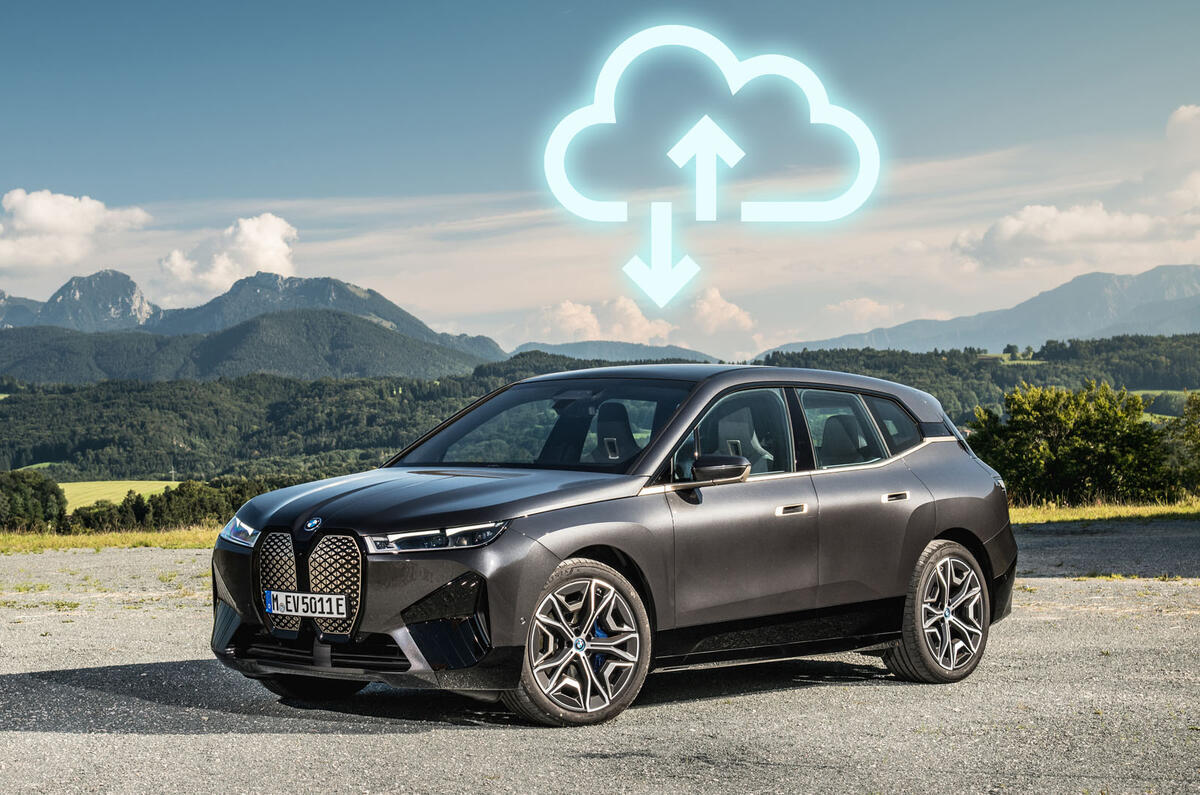The once-hopeful dream of car makers to persuade customers to pay for subscriptions to useful technology is being dashed by a combination of consumer reluctance, technology democratisation and cut-throat competition for business.
Enthusiasm for what could have been a promising new revenue stream for car makers has been dampened by a series of negative reaction from customers asked to pay to unlock technology already fitted to their car – most recently Volkswagen’s £16.50-a-month power upgrade for electric models already homologated for the higher power band.




Add your comment